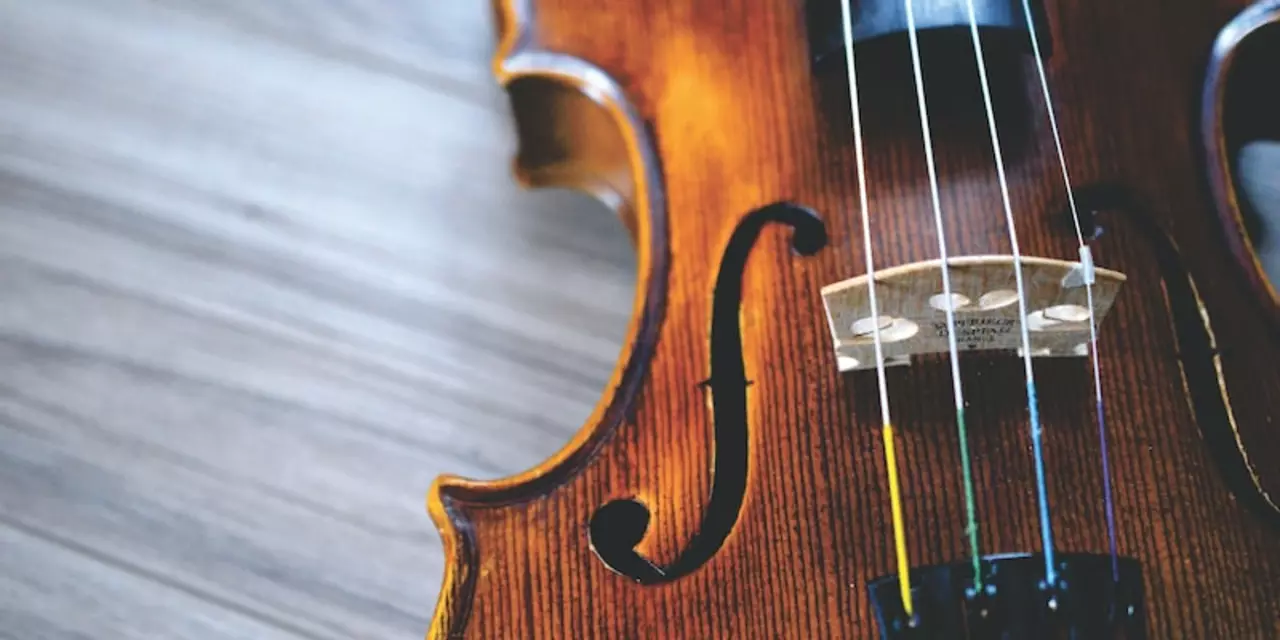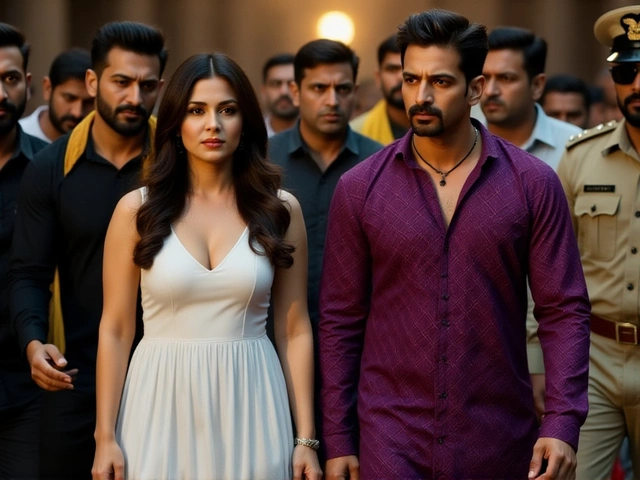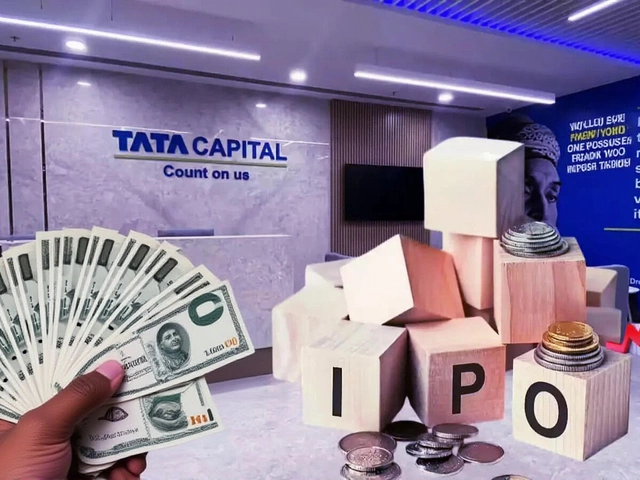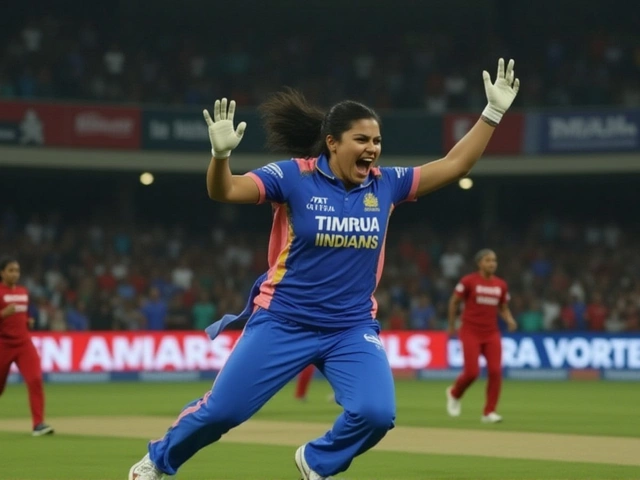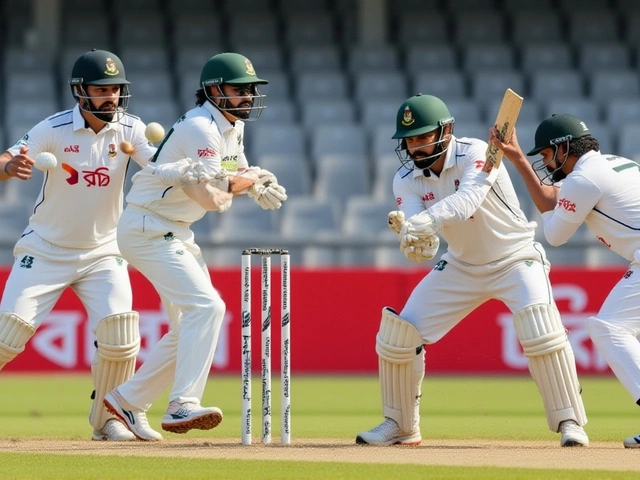Royalty Free Music for Games – Your Quick Guide
Making a game is already a huge task, so hunting down the perfect background music shouldn’t add extra stress. Luckily, there are plenty of royalty‑free tracks that you can drop straight into your project without worrying about hidden fees or legal trouble.
First, understand what “royalty‑free” actually means. You pay once (or sometimes not at all) and you get a license that lets you use the music as many times as you want, in as many games as you like. Some tracks are truly free, while others require a small purchase for a commercial license. Knowing the difference helps you stay on budget and avoid unexpected costs later.
Top Free Resources
Here are the go‑to places where you can download or stream royalty‑free game music for free:
- YouTube Audio Library – Thousands of clips, clearly marked for commercial use.
- SoundCloud – Look for tracks tagged “royalty‑free” or under Creative Commons licenses; always check the author’s terms.
- Free Music Archive – Curated collections with easy filters for genre, mood, and license type.
- Incompetech – Kevin MacLeod’s famous library; you can use any track with a simple attribution.
- BeatPick – Offers a mix of free and paid options; the free pieces are fully cleared for games.
If you need higher production value or exclusive tracks, paid sites like AudioJungle, Epidemic Sound, and Artlist are worth a look. They charge per track or a subscription, but the licensing is rock‑solid and you get professional‑grade audio.
Choosing the Right Track for Your Game
Not every catchy tune will fit your game’s vibe. Start by asking yourself three simple questions: What emotion should the player feel? Does the music need to loop seamlessly? Will the track clash with sound effects?
For fast‑paced action, go for high‑energy beats with a steady rhythm. Puzzle games do better with softer, repetitive melodies that don’t distract. Open‑world or RPG titles often benefit from ambient layers that can fade in and out without breaking immersion.
Technical stuff matters too. Aim for lossless formats (WAV or FLAC) when you have storage space; otherwise MP3 at 192 kbps works fine. Make sure the length matches your level design – a 30‑second loop is easy to handle, while a 3‑minute piece might need careful trimming.
Finally, double‑check the license. Some “free” tracks require attribution in the game credits. Others are fully royalty‑free with no credit needed. Keep a simple spreadsheet: track name, source, license type, and attribution note. This tiny habit saves you from nasty legal emails down the road.
Once you’ve picked a track, import it into your engine (Unity, Unreal, Godot – they all support standard audio formats). Set it to loop, adjust volume levels against SFX, and test on different devices. A quick playthrough will reveal if the music feels natural or just background noise.
Bottom line: royalty‑free music makes it easy to give your game a professional sound without breaking the bank. Use the free libraries to experiment, move to paid sites if you need polish, and always respect the licensing terms. Happy composing!
This article discusses the different options available for finding royalty free music for games. The article explains that there are free and paid versions of royalty free music, and it outlines where to find them. It also provides tips on how to choose the right music for the game. In short, several sites are available for finding royalty free music for games, such as YouTube, SoundCloud, and BeatPick. Additionally, users should consider factors such as the cost, quality, and genre when selecting music for their game.
Read more
